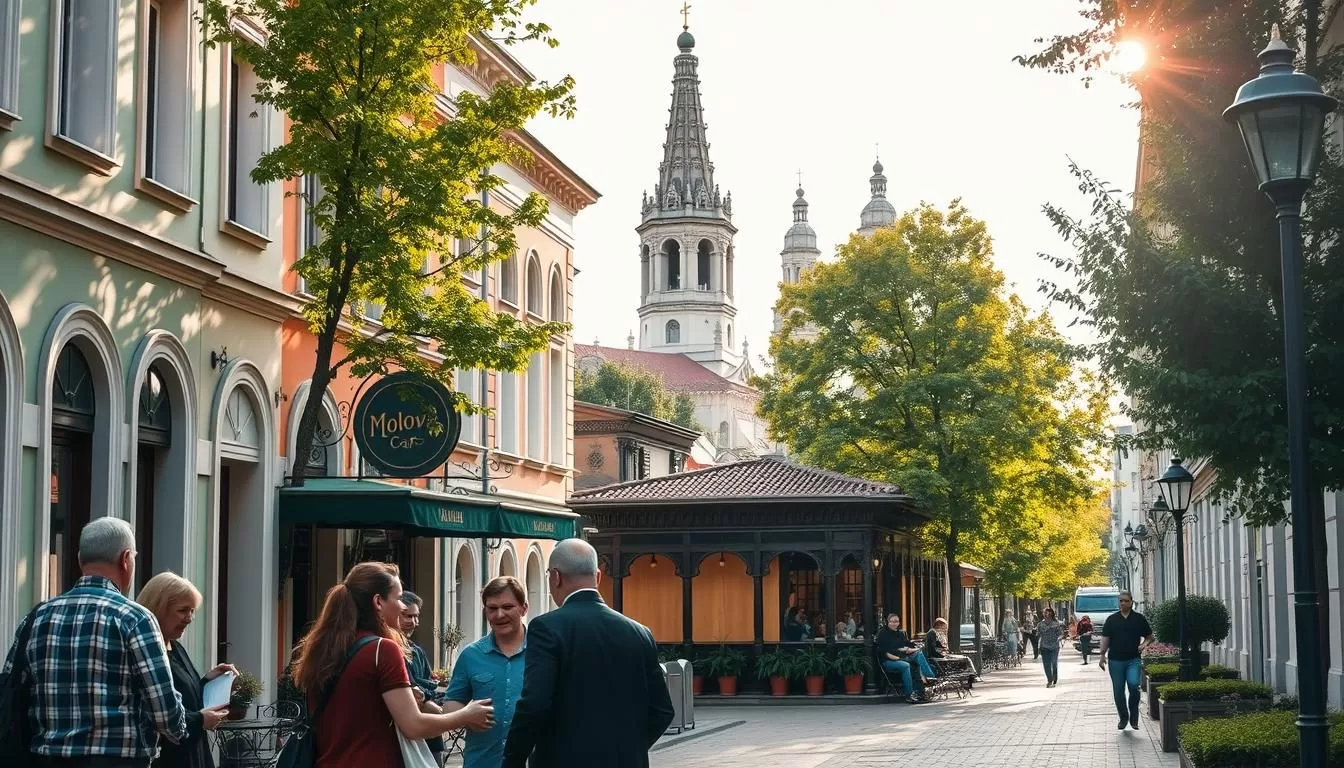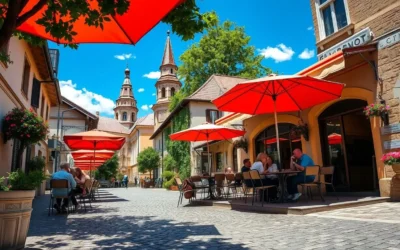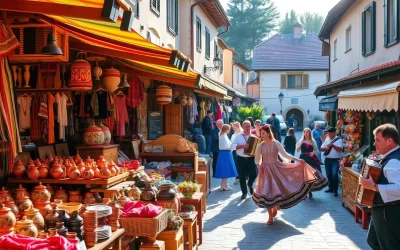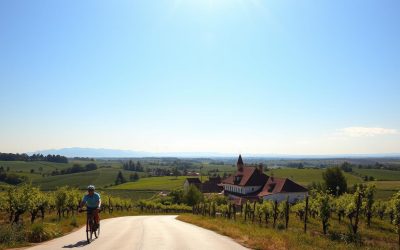✓ Accommodations✓ Flights✓ Rental Cars✓ Tours & Activities ✓ Tours & Activities
In this region, the language plays a central role in shaping cultural and national identity. The official language is Romanian, recognized as the state language since 1994. This linguistic choice reflects historical ties and political influences that have shaped the country over time.
Today, Romanian is spoken by a significant portion of the population, with 78.6% using it as their primary language spoken daily. However, debates about terminology, such as “Moldovan” versus “Romanian,” highlight the ongoing influence of regional and historical factors.
Minority groups also contribute to the linguistic diversity, with Russian, Ukrainian, and Gagauz being spoken by smaller segments of the population. Understanding these dynamics provides insight into the region’s unique identity and how language continues to evolve today.
: Exploring Moldova’s Rich Linguistic Landscape
The linguistic identity of this region is deeply rooted in its history and culture. Over centuries, shifts in governance, borders, and cultural exchanges have shaped the way people communicate today. The transition from Cyrillic to the Latin script is a key example of how historical events influence language.
Historical and Cultural Backdrop
Cultural identity has always played a significant role in shaping the region’s language. The adoption of the Latin script in the 1990s marked a turning point, reflecting a move toward cultural unity. This change was not just about writing but also about reclaiming a shared heritage.
Today, the Romanian language serves as a unifying force, spoken by over 75% of the population. However, debates about the term “Moldovan language” highlight the ongoing influence of historical and political factors.
Geographic and Demographic Influences
Geographic location and population distribution also play a crucial role. With about half of the population living in rural areas, language usage varies significantly between urban and rural settings. Cities like Chișinău, home to 700,000 people, often see a mix of languages due to their diverse communities.
Neighboring countries have also left their mark. Minority groups, such as Ukrainians, Russians, and Gagauz, contribute to the linguistic diversity. In the Transnistria region, for example, one-third of residents identify as Moldovan, while others identify as Russian or Ukrainian.
This blend of influences creates a unique linguistic landscape, where every speaker adds to the rich tapestry of communication.
: The Evolution of Language in Moldova
The story of language in this region is a journey through time and politics. Over the years, shifts in governance and cultural exchanges have shaped how people communicate today. One of the most significant changes was the transition from Cyrillic to the Latin script, reflecting broader cultural and political transformations.
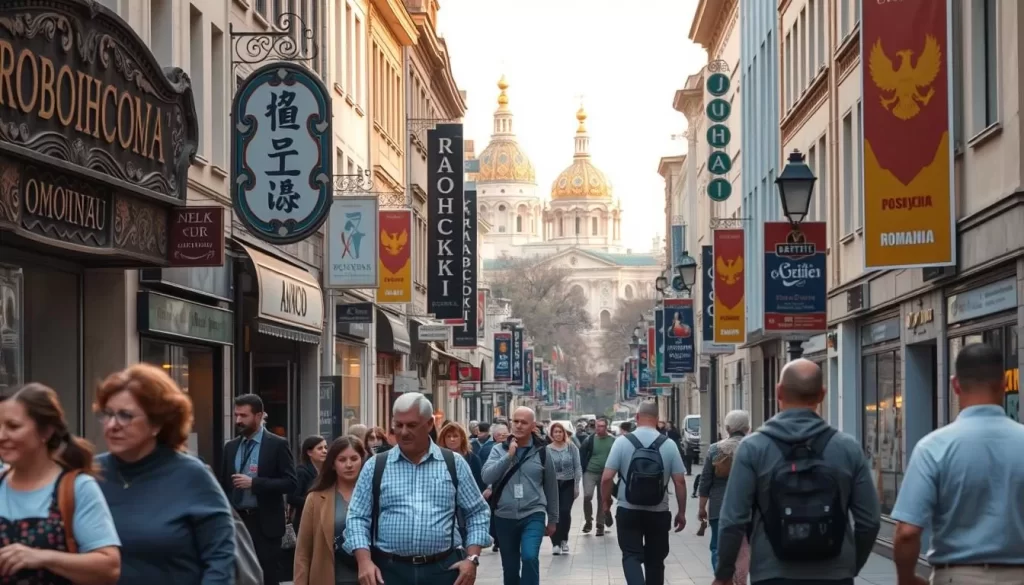
Soviet Legacy and Script Transitions
During the Soviet era, the Moldovan language was declared separate from Romanian, despite their similarities. This decision was part of a broader effort to reinforce Soviet identity. The use of the Cyrillic script was enforced, further distinguishing it from the Latin-based Romanian script.
After the Soviet Union dissolved, the region transitioned back to the Latin alphabet. This shift symbolized a move toward cultural unity and a reconnection with shared heritage. However, in the Transnistrian region, Cyrillic remains in use, reflecting ongoing political divisions.
Political Shifts and National Identity
Political changes have deeply influenced the language landscape. The debate over whether to call it “Moldovan” or “Romanian” highlights the tension between historical ties and national identity. While the constitution recognizes both terms, many see them as representing the same language.
This debate has also shaped how people identify themselves. For example, 60% of the population identifies Moldovan as their mother tongue, while 16.5% consider Romanian their primary language spoken. These distinctions reflect the ongoing influence of historical and political factors.
| Language | Percentage of Population |
|---|---|
| Moldovan | 60% |
| Romanian | 16.5% |
| Russian | 11.26% |
| Ukrainian | 12.24% |
Today, the Romanian language serves as a unifying force, even as debates over terminology continue. Understanding these dynamics offers insight into the region’s unique identity and how language continues to evolve.
: Moldova: Official and widely spoken languages
Language plays a pivotal role in shaping national identity in this country. The Romanian language is widely spoken, with 75% of the population using it as their mother tongue. However, the term “Moldovan language” has been a subject of debate, reflecting cultural and political nuances.
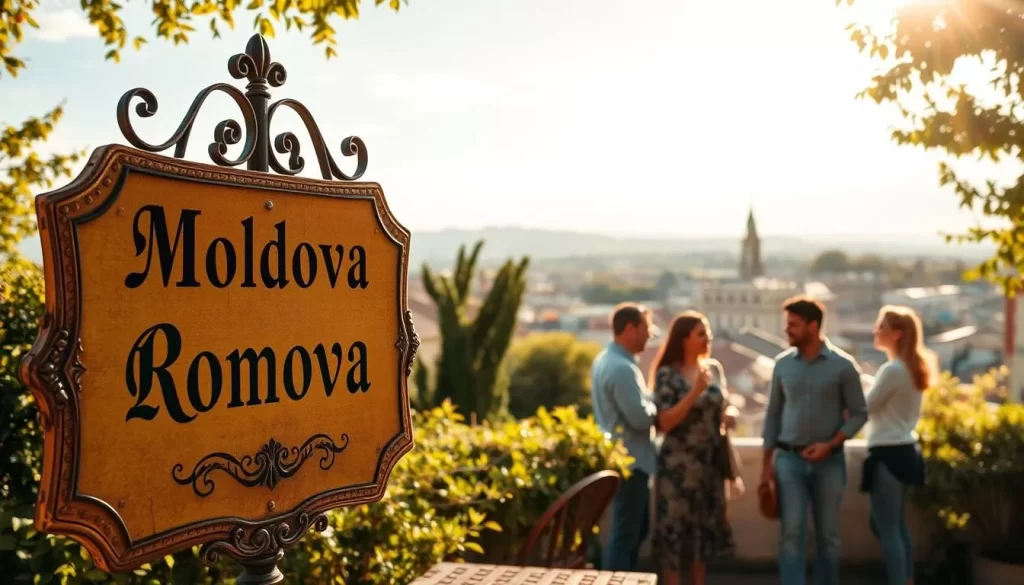
Romanian and Moldovan Language Dynamics
The Romanian language serves as a unifying force, spoken by 94.5% of ethnic Moldovans. Despite this, the term “Moldovan language” is still used, particularly in historical contexts. This duality highlights the tension between shared heritage and regional identity.
Legal developments have played a key role in shaping these dynamics. In 2023, the national language was officially named Romanian, marking a significant shift in policy. This change reflects the country’s move toward cultural unity.
Official Recognition and Legal Developments
Official recognition of the language has evolved over time. While the constitution acknowledges both terms, recent laws emphasize the use of Romanian. This shift has influenced education and communication practices across the country.
For example, schools now teach Romanian as the primary language, reinforcing its role in national identity. Legal reinterpretations have also impacted how the population perceives their linguistic heritage.
| Language | Percentage of Speakers |
|---|---|
| Romanian | 75% |
| Russian | 11.25% |
| Ukrainian | 6% |
| Gagauz | 4% |
These changes show how language continues to evolve, reflecting the country’s cultural and political journey. Understanding these dynamics offers insight into the unique identity of this region.
: Understanding Minority Languages in Moldova
The linguistic diversity of this country is a testament to its rich cultural heritage. Beyond the dominant language, minority groups contribute significantly to the cultural vibrancy. These communities, including Russian, Ukrainian, Bulgarian, and Gagauz speakers, enrich the nation’s identity.
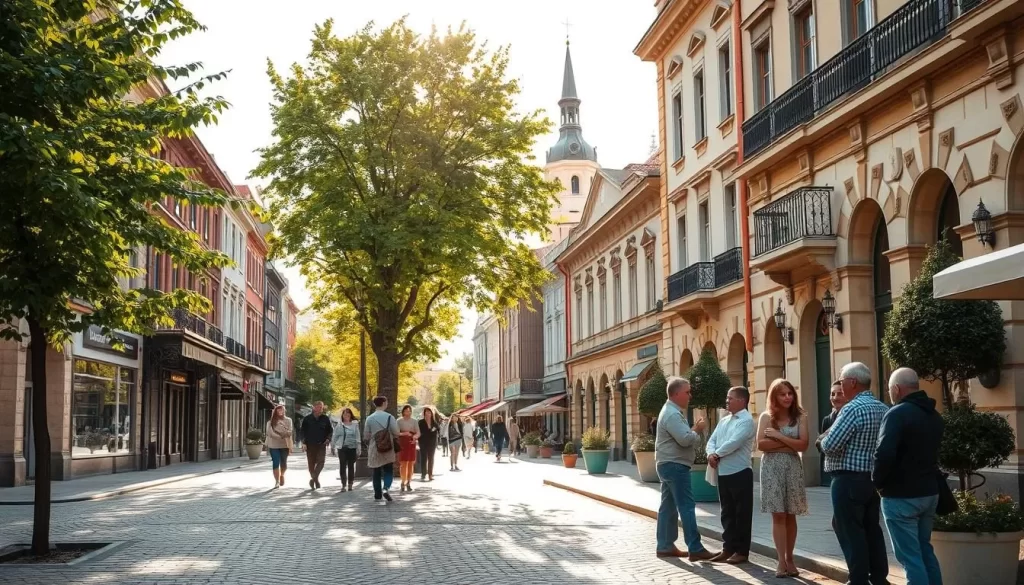
Russian, Ukrainian, and Other Linguistic Communities
Russian and Ukrainian are among the most prominent minority languages spoken in this region. Approximately 13% of the population speaks Russian, while another 13% uses Ukrainian daily. These groups are concentrated in specific areas, often near regional borders.
In Gagauzia, an autonomous region, the Gagauz language holds official status. Despite this recognition, UNESCO has classified it as “potentially vulnerable” due to limited educational resources. Efforts to preserve this language are ongoing, reflecting its cultural importance.
Bulgarian is another minority language, spoken by smaller groups. These communities, though fewer in number, play a vital role in maintaining the country’s linguistic mosaic.
| Language | Percentage of Speakers |
|---|---|
| Russian | 13% |
| Ukrainian | 13% |
| Gagauz | 4% |
| Bulgarian | 2% |
These minority languages are not just tools of communication but also symbols of cultural identity. For example, the Gagauz community has expressed concerns about the erosion of their language and heritage. Addressing these challenges is crucial for preserving the country’s diverse linguistic landscape.
To learn more about the Moldovan language and its evolution, visit this detailed resource. For a broader perspective on the languages of Moldova, explore this comprehensive guide.
: Practical Language Insights for Travelers
Navigating a new country becomes easier when you know a few key phrases. Learning the basics of the local language helps you connect with the population and enhances your travel experience. Whether you’re ordering food or asking for directions, a little effort goes a long way.
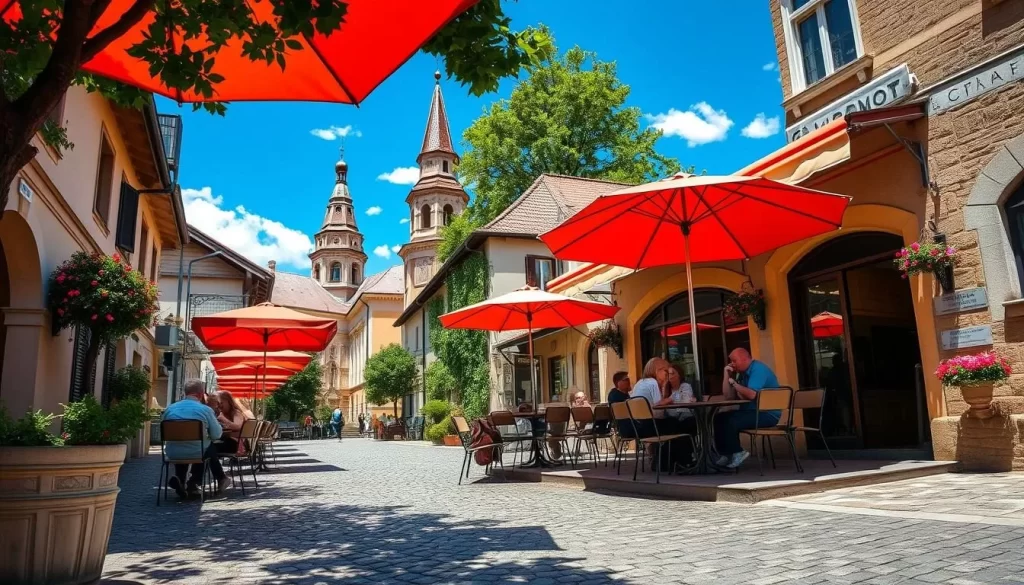
Basic Expressions and Communication Tips
Start with simple greetings like “Bună dimineața” (Good morning) or “La revedere” (Goodbye). These phrases show respect and make a positive impression. For everyday interactions, try “Mulțumesc” (Thank you) or “Unde este…?” (Where is…?) to ask for directions.
Knowing how to order food or request help can make your trip smoother. Phrases like “O cafea, vă rog” (A coffee, please) or “Aveți meniul?” (Do you have the menu?) are practical and widely understood.
Learning Opportunities and Online Courses
If you’re eager to learn more, online courses offer a flexible way to study the official language. Platforms like Duolingo or Babbel provide lessons tailored for beginners. These programs often include cultural context, making learning more engaging.
For a deeper dive, consider enrolling in a school program or joining a language exchange group. These options allow you to practice with native speakers and reinforce your skills. Even a basic understanding of the language spoken can enrich your travel experience.
For more tips on navigating this region, check out this local guide.
: Conclusion
The blend of languages in this area reflects its rich cultural history. Today, the Romanian language stands as a unifying force, while the term “Moldovan language” sparks ongoing debates about identity. This duality highlights the region’s unique heritage and its connection to broader historical narratives.
Legal reforms, such as the 2023 language law, have shaped how the population perceives its linguistic identity. These changes emphasize the importance of language as both a cultural marker and a tool for connection across border regions.
Understanding this linguistic tapestry enriches your experience in the country. Whether you’re exploring its history or engaging with its people, the languages spoken today offer a window into its vibrant culture.
The above is subject to change.
Check back often to TRAVEL.COM for the latest travel tips and deals.
